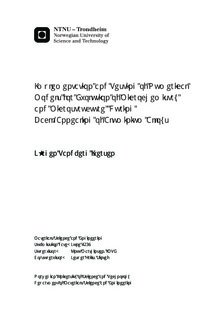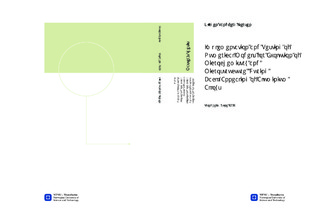| dc.description.abstract | Precipal and Alsoft are two separate models for simulating the effects of back-annealing on microchemistry and microstructure, respectively, in AA3xxx-type aluminium alloys (i.e Mn containing alloys). The precipitation model simulates the precipitation and growth of dispersoids, growth of constituents, and the resulting change in the solid solution concentration. Alsoft is a physical softening model which combines the effects of recovery and recrystallization.Precipal was originally implemented in Fortran 77, while the softening model, Alsoft, is implemented in Python. It would be beneficial for both the precipitation and softening model to be coupled with each other, as both models provide parameters and state variables that are given as input parameters in the other model (e.g information about the precipitates from Precipal can be used to calculate the Zener-drag, currently given as an external input parameter in Alsoft).In order to facilitate this coupling the precipitation model is reimplemented in Python. This model is then validated against the old implementation, and a parameter sensitivity study is performed to identify the most critical input parameters. The new implementation of the precipitation model is then coupled with the softening model and simulations has been performed and compared with experimental data.Precipal consists of two different precipitation models: a physical model based on physical equations, and one phenomenological model which introduces a number of fitting parameters which are determined experimentally. The physical model was shown to have too fast and abrupt precipitation behavior compared with experimental results. The phenomenological model on the other hand was able to reproduce the experimental precipitation behavior at a given temperature, but failed to successfully predict the effect of different annealing temperatures.The effects on the simulated recrystallization kinetics due to the coupling was found to be minimal, except when the precipitation halted recrystallization completely due to a large Zener-drag. The reason for this lacking effect it believed to be the assumption of site-saturation nucleation in Alsoft, which implies that the Zener-drag effect from concurrent precipitation on recrystallization nucleation is not modeled. | nb_NO |

